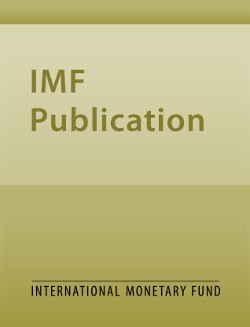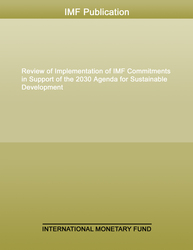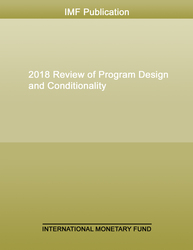
Staff Background Paper for the G20 Surveillance Note - Priorities for Structural Reforms in G20 Countries
provide a powerful lift to growth—both in the short and the long term—if they are well aligned with individual country conditions . These include an economy’s level of development, its position in the economic cycle, and its available macroeconomic policy space to support reforms. The larger a country’s output gap, the more it should prioritize structural reforms that will support growth in the short term and the long term—such as product market deregulation and infrastructure investment.
Macroeconomic support can help make reforms more effective, by bringing forward long-term gains or alleviating their short-term costs . Where monetary policy is becoming over-burdened, domestic policy coordination can help make macroeconomic support more effective. Fiscal space, where it exists, should be used to offset short-term costs of reforms. And where fiscal constraints are binding, budget-neutral reform packages with positive demand effects should take priority.
Some structural reforms can themselves help generate fiscal space. For example, IMF research finds that by boosting output, product market deregulation can help lower the debt-to-GDP ratio over time. Formulating a medium-term plan that clarifies the long-term objectives of fiscal policy can also help increase near-term fiscal space.
With nearly all G-20 economies operating at below-potential output, the IMF is recommending measures that both boost near-term growth and raise long-term potential growth. For example:
? In advanced economies, these measures include shifting public spending toward infrastructure investment (Australia, Canada, Germany, United States (US)); promoting product market reforms (Australia, Canada, Germany, Japan, Korea, Italy) and labor market reforms (Canada, Germany, Japan, Korea, United Kingdom (UK), US); and fiscal structural reforms (France, UK, US). Where there is fiscal space, lowering employment protection is also recommended (Korea).
? Recommendations for emerging markets (EMs) focus on raising public investment efficiency ( India, Saudi Arabia, South Africa), labor market reforms (Indonesia, Russia, Saudi Arabia, South Africa, Turkey), and product market reforms (China, Saudi Arabia, South Africa), which would boost investment and productivity within tighter budgetary constraints particularly if barriers to trade and FDI were eased (Brazil, India, Indonesia). Governance (China, South Africa) and other institutional reforms are also crucial. Where policy space is limited, adjusting the composition of fiscal policy can create space to support reforms ( Argentina, India, Mexico, Russia).
? Some commodity-exporting EMs (Brazil, Russia, Saudi Arabia, South Africa) are facing acute challenges, with output significantly below potential and an urgent need to rebuild fiscal buffers. To bolster growth, Fund staff recommends product market and legal reforms to improve the business climate and investment; trade and FDI liberalization to facilitate diversification; and financial deepening to boost credit flows.
IMF advice also aims to promote inclusiveness and macroeconomic resilience. The Fund recommends a targeted expansion of social spending toward vulnerable groups (Mexico), social spending for the elderly poor ( Korea), and upgrading social programs for the nonworking poor (US). Recommendations to bolster macrofinancial resilience include expanding the housing supply (UK), resolving the corporate debt overhang (China, Korea), coordinating a national approach to regulating and supervising life insurers (US), and reforming monetary frameworks (Argentina, China).
Publication date: July 2016
ISBN: 9781498345408
$0.00
Add to Cart by clicking price of the language and format you'd like to purchase
Available Languages and Formats
| English |
Prices in red indicate formats that are not yet available but are forthcoming.
Topics covered in this book
This title contains information about the following subjects.
Click on a subject if you would like to see other titles with the same subjects.
policy space , structural reform , advanced economy , debt-to-GDP ratio , labor market reform
Also of interest
Summary
Copyright © 2010 - 2025
Powered by:
AIDC



